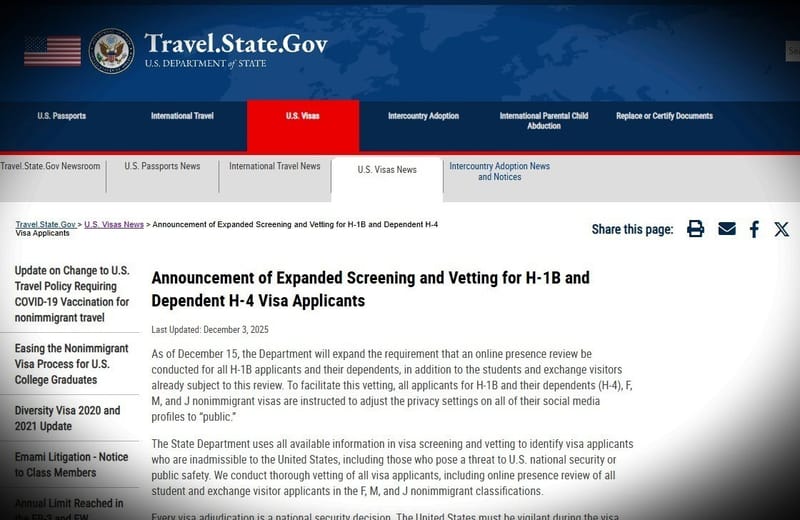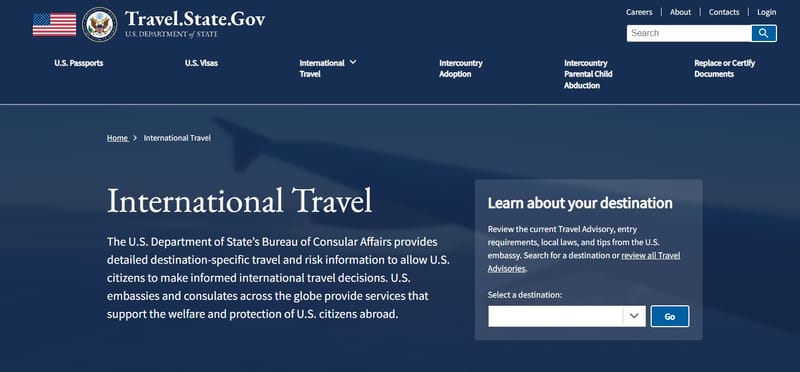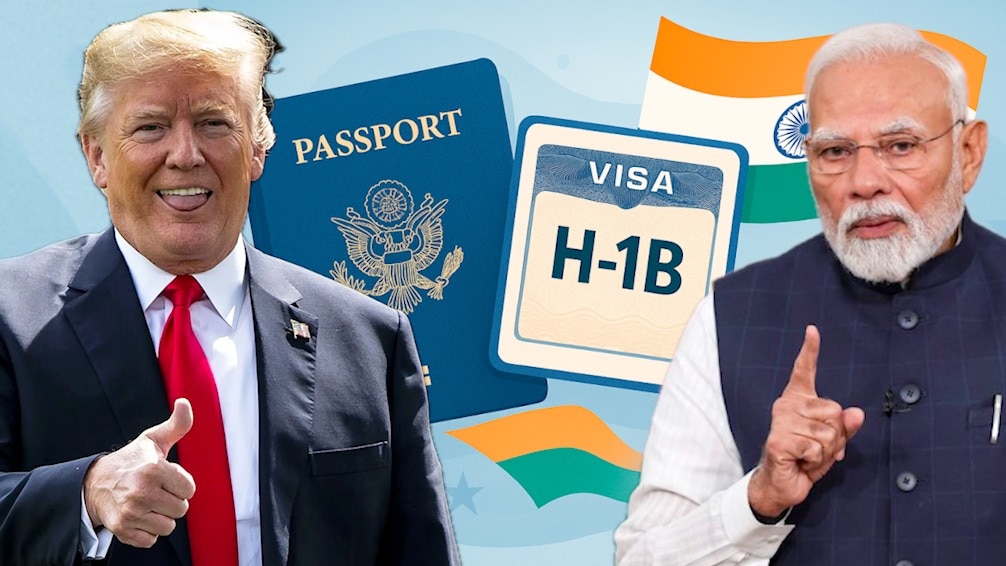USCIS Toughens Green Card Rules for Married Couples: Key Changes & Impact
These new USCIS rules significantly raise the bar for proving genuine marital relationships, increasing complexity and risk for individuals seeking permanent residency through marriage.

Subscribe to our newsletter and stay informed about latest H1B news, policy updates and and other developments.
Article Summary
USCIS implemented significant policy updates on August 1, 2025, tightening rules for family-based green card applications, with a specific focus on marriage-based petitions. These changes mandate stricter documentation, in-person interviews, and closer scrutiny of applicants' immigration history and prior filings. The new rules apply to all pending and new petitions, aiming to combat fraudulent applications.
Original Article: news18.com
[ Sentiment: neutral | Tone: factual ]
This summary and analysis were generated by TheNewsPublisher's editorial AI. This content is for informational purposes only; it does not constitute legal or immigration advice.
[ Sentiment: neutral | Tone: factual ]
This summary and analysis were generated by TheNewsPublisher's editorial AI. This content is for informational purposes only; it does not constitute legal or immigration advice.
TNP AI: Key Insights
These updated rules significantly increase the burden of proof for individuals seeking permanent residency via marriage, requiring extensive documentation and mandatory interviews. For current H-1B and other skilled visa holders, this means meticulous preparation and a higher bar to demonstrate the authenticity of their marital relationships, adding complexity and potential delays to their Green Card journey.
This policy shift reflects USCIS's ongoing efforts to combat perceived fraud in family-based immigration, moving towards a more standardized and rigorous vetting process than previously seen. While intended to safeguard the system's integrity, this tightening could lead to an increase in Requests for Evidence (RFEs), processing delays, and potentially more legal challenges for legitimate applicants, underscoring a trend of heightened scrutiny across all US immigration pathways.




